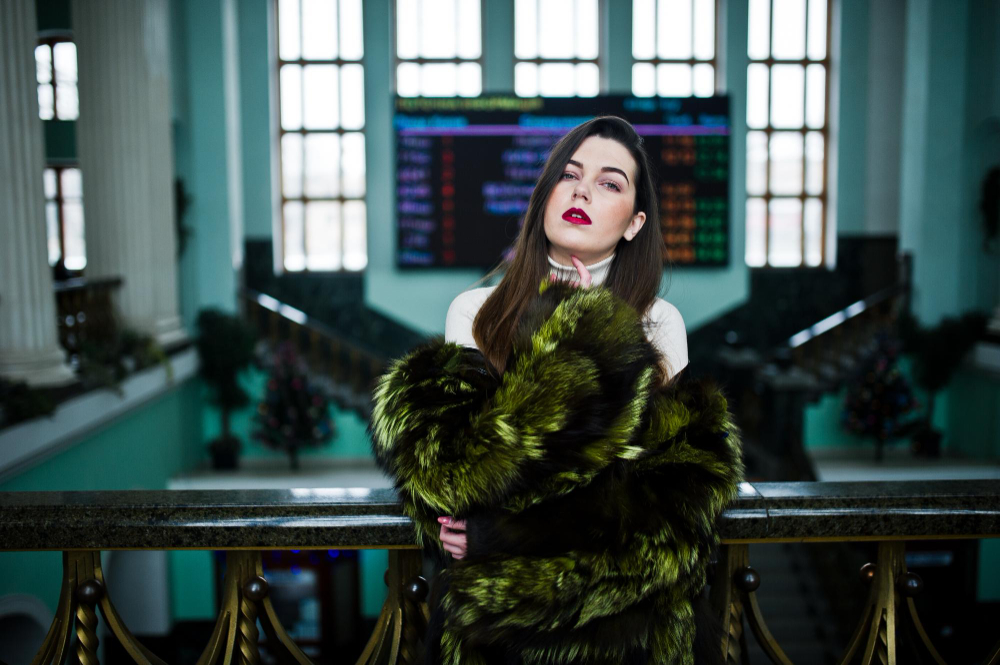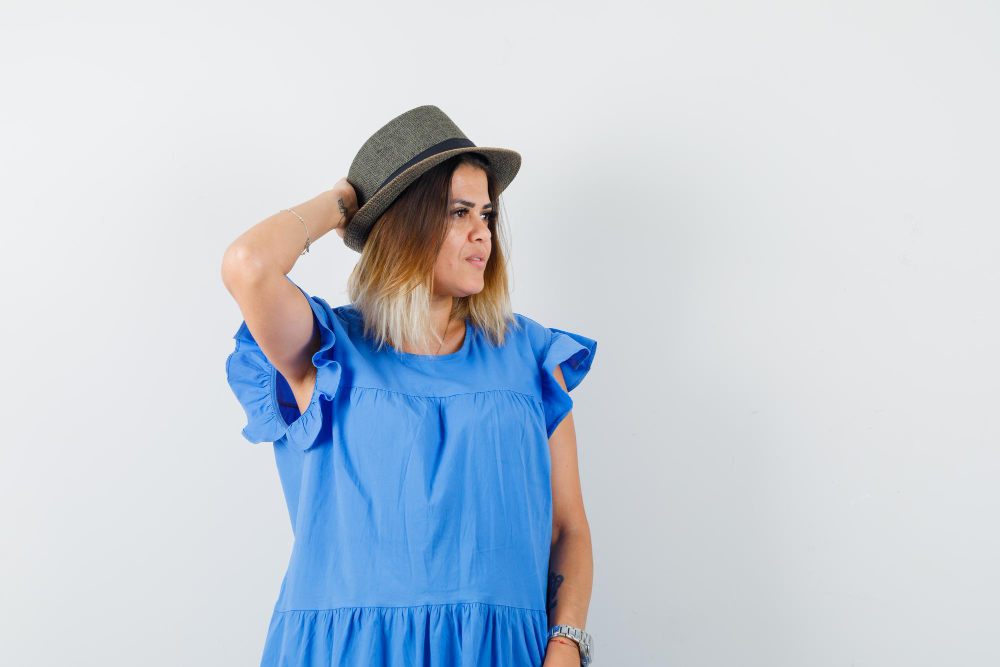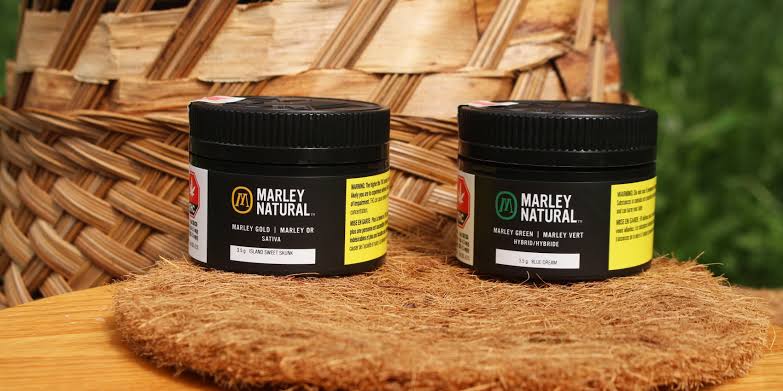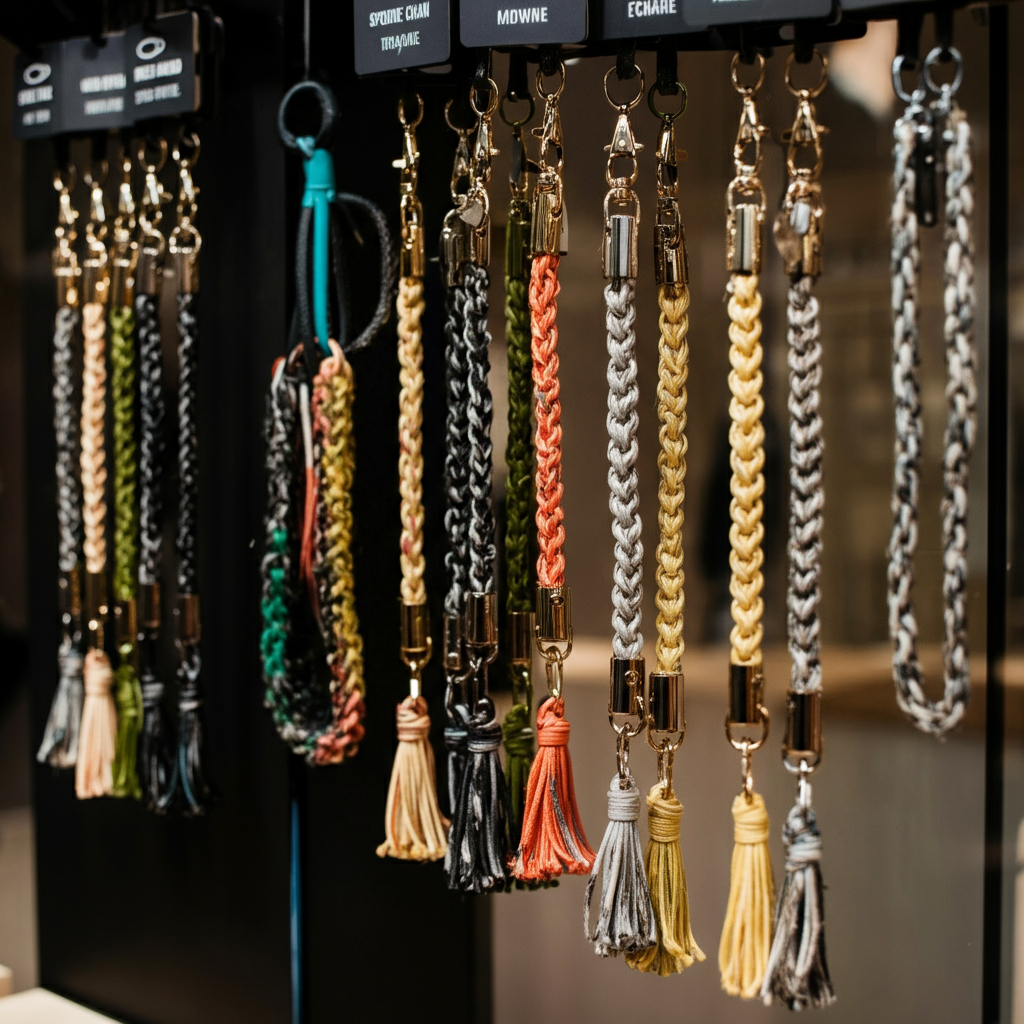Eva Ionesco is a call that stirs up both admiration and controversy. Known for her hanging presence as a version and later a filmmaker, Ionesco rose to prominence at a younger age. Her unique story has been a lightning rod for discussions approximately infant safety, creative expression, and media ethics. Nowhere is this greater obtrusive than within the deep controversy surrounding her involvement with Playboy as a minor — a bankruptcy in her lifestyles that keeps to awaken fierce debate a long time later.
This post examines Eva Ionesco’s effect on the arts and media, the occasions that caused the talk with Playboy, and the wider legal and moral questions that arose. We’ll additionally examine how her case influenced a shift in laws and practices shielding minors inside the entertainment enterprise and why conversations like those stay severely important.
Who Is Eva Ionesco? A Brief Introduction
Eva Ionesco turned into born on July 21, 1965, in Paris, France, to a well-known family of artists. Her mother, Irina Ionesco, was a celebrated photographer widely recognized for her provocative, surrealist works. Eva have become a muse for her mother at a completely younger age, acting in incredibly stylized, regularly risqué photoshoots. These pics, which garnered great attention inside the artwork international, additionally sparked controversy because of their overt sexualization of a toddler issue.
By the Nineteen Seventies, Eva’s profession improved beyond her mom’s lens. She worked as a version whilst turning into an outspoken figure representing the splendor and danger of pushing creative obstacles. Her story shifted dramatically when she regarded in Playboy at an age far underneath the brink of prison consent. The resulting uproar presented society with difficult questions about wherein the line among art and exploitation truly lies.
The Controversy Around Eva Ionesco and Playboy
Eva’s association with Playboy stemmed from this turbulent duration in her existence, where the line between personal organisation and parental manipulation blurred. Reports imply that she seemed in Playboy Italia on the age of just 11 — an age that is unequivocally a long way beneath what’s considered ideal or lawful for such publications. While Playboy has continuously framed itself as a platform for celebrating splendor and freedom of expression, the inclusion of a minor in their publication sparked global outrage on the time.
This controversy is big because it highlighted a glaring hole in global guidelines around child modeling and artistic expression at some stage in the 1970s. Questions arose no longer best approximately Ionesco’s portrayal in such a e-book however also about the obligation of her mom and the role of media entities in navigating baby exploitation problems.
Legal and Ethical Implications of Child Media Exploitation
The fallout from the Eva Ionesco case opened a Pandora’s field of criminal and ethical worries. Critics rightly accused the industry of turning a blind eye to the exploitation of minors inside the name of artwork or commerce. Who is answerable for such acts? Is it the parents, media corporations, or society at big?
From a legal point of view, Eva Ionesco’s case spotlighted several failings:
- Parental Responsibility: Her mother, Irina Ionesco, faced accusations of neglectful behavior in allowing or maybe encouraging Eva’s involvement in such initiatives at a gentle age.
- Media Regulation: Media retailers such as Playboy got here underneath fireplace for failing to put in force adequate age verification rules.
- Global Discrepancy in Laws: While a few international locations had strict policies on toddler exploitation, others lacked readability or enforcement, growing loopholes for harm.
Ethically, Eva Ionesco’s tale is a powerful reminder of the fragility of a infant’s autonomy, specifically while adults in positions of electricity fail to shield them.
The Evolution of Laws Protecting Minors in Media and Fashion
The controversy surrounding Eva Ionesco didn’t simply disappear into the records books. It acted as a catalyst for the reformation of baby safety laws across more than one sectors. By the past due twentieth century, governments, advocacy businesses, and enterprise watchdogs began clamping down at the exploitation of minors in media and fashion.
Some adjustments include:
- Stricter Age Limits: Many nations now impose strict age regulations for infant participation in modeling and media shoots, accompanied by means of rigorous parental consent forms.
- Work Permits and Guardianship: Laws like the California Child Actor’s Bill (additionally called the Coogan Law) mandate clearer suggestions for minors within the group of workers along mandatory guardianship at some point of work hours.
- Prohibitions on Sexual Content: Platforms and guides like Playboy have delivered stricter editorial regulations explicitly prohibiting content material regarding minors.
Though those advancements constitute development, loopholes still exist. Online systems and the worldwide nature of digital media make the fight towards baby exploitation an ongoing war.
The Debate on Artistic Expression vs. Child Protection
Eva Ionesco’s existence represents an crucial cautionary tale approximately pushing the bounds of artistic freedom. While artwork plays an important position in hard societal norms and sparking dialogue, it must by no means come at the cost of a baby’s well-being.
Supporters of broader artistic liberties frequently argue that censorship can stifle creativity and derail ability masterpieces. However, critics of Eva’s early profession emphasize that creative freedom should always coexist with ethical responsibility. After all, kids are too young to provide knowledgeable consent, and society has an obligation to protect them from damage.
This ongoing debate sees growing polarities, in particular in today’s lifestyle wars, wherein innovative rights and protectionist regulations often stand at odds. Eva’s legacy guarantees this conversation is some distance from over.
The Balance Between Freedom and Responsibility
Eva Ionesco’s lifestyles is a effective lens through which to study the intersection of artwork, media, and ethics. Her early career, even though marked by way of controversy, paved the manner for essential conversations about how society protects kids running in grownup-centric industries.
The assignment transferring ahead is obvious. Laws will need persisted refinement to deal with emerging dangers, especially in a virtual-first international. Organizations, artists, and dad and mom should discover approaches to collaborate to protect minors, without stifling genuine creative expression.
Eva Ionesco’s tale is a reminder that whilst creative freedom is critical to humanity, it should never supersede the primary rights and safety of society’s maximum susceptible.











